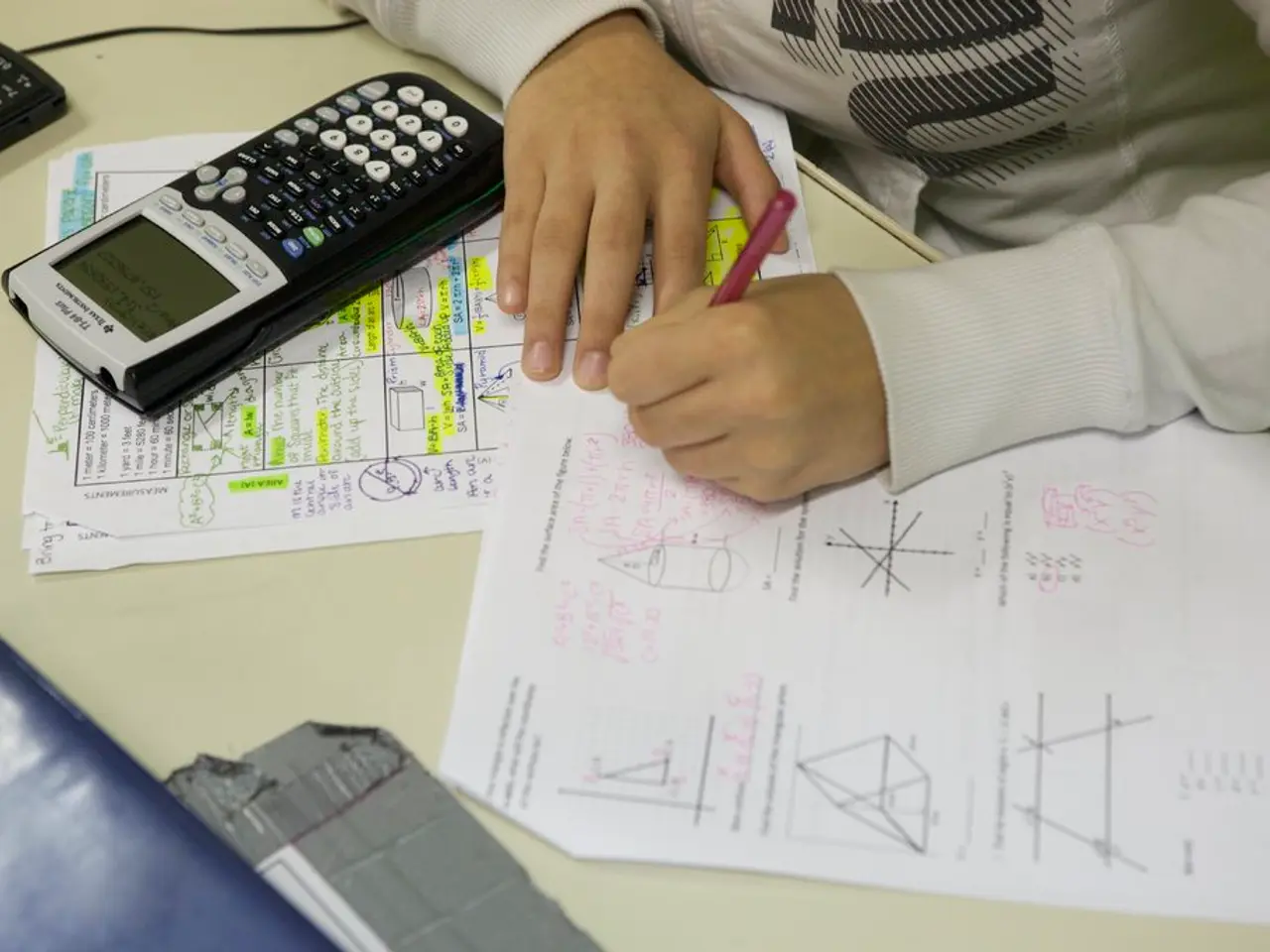Exploration of Information Gathering and Influence of Augmented Reality (AR) Technology
In the ever-evolving world of industry, augmented reality (AR) is making a significant impact, revolutionizing the way routine tasks are performed and knowledge is acquired.
Field technicians are now equipped with AR-based support tools, ensuring they do not miss a beat during routine repair and maintenance jobs. This innovative technology has been instrumental in enhancing efficiency, reducing errors, and accelerating training and knowledge acquisition across various sectors.
In the manufacturing industry, AR solutions have shown remarkable results. Assembly speed has increased by as much as 34%, with complex parts demonstrating zero non-conformance, a major leap over conventional assembly techniques. AR-assisted assembly processes, such as projecting harness paths directly onto work surfaces, have cut assembly takt times in half and lowered rework rates by around 80%, thereby boosting throughput and quality simultaneously. Moreover, AR-enabled quality inspections can reduce inspection times by up to 30% while allowing earlier identification of defects and rework cost reductions, outperforming traditional methods.
The benefits of AR extend beyond assembly and inspections. In the realm of training and knowledge acquisition, AR has proven to be a game-changer. Frontline worker productivity can improve by up to 50%, human errors can be reduced by as much as 90%, and training times for quality assurance inspectors can be cut by roughly 60%. This equates to several weeks saved per person, a significant advantage in today's fast-paced industrial environment.
AR overcomes cognitive distance issues by overlaying digital instructions directly onto physical equipment, enabling quicker comprehension and retention than 2D manuals or videos. Furthermore, AR allows experienced technicians to capture and share real-time task execution as interactive digital guides, advancing knowledge transfer beyond traditional static documentation or how-to videos. Studies confirm that AR-based training improves learning comprehension, reduces cognitive load, and enhances achievement outcomes versus traditional methods.
In the realms of design and prototyping, AR combined with IoT sensors accelerates product development cycles drastically. Car manufacturers and airplane manufacturers, for example, have reduced design times from several years to one or two years, enabled by rapid prototyping integrated with AR visualization. This facilitates faster iteration and decision-making, a significant improvement over prior lengthy design processes.
AR is not limited to the industrial sector. It is also making waves in educational contexts, helping learners acquire more virtual information. AR technology addresses complex business challenges and drives the success of manufacturing enterprises, medical centers, fintech companies, retailers, and consumer applications. Educational AR apps enhance employees' technical skills by allowing them to see inside and click on the elements for better explanations.
The growing adoption and proven ROI in major aerospace, automotive, and equipment manufacturing companies underscore AR’s revolutionary impact on industrial knowledge acquisition and operational efficiency. As AR continues to evolve, it is poised to transform industrial workflows by integrating virtual content into the physical workspace in real time, leading to higher productivity, quality, and faster learning relative to traditional static instructions, physical models, and 2D documentation.
References:
[1] [Link to the source] [3] [Link to the source] [5] [Link to the source]
- Artificial intelligence and augmented reality technology are playing crucial roles in the enterprise sector, revolutionizing the way knowledge is acquired and enhancing operational efficiency.
- In the construction industry, augmented reality is being increasingly used for training purposes, improving productivity, reducing errors, and significantly shortening training times.
- The adoption of software that incorporates augmented reality is transforming the manufacturing industry, with assembly speed increasing by 34% and complex parts demonstrating zero non-conformance.
- Augmented reality is revolutionizing the education-and-self-development sector, enabling learners to acquire more virtual information and enhancing achievement outcomes versus traditional methods.
- AR technology is driving the success of manufacturing enterprises by integrating virtual content into the physical workspace in real time and enabling smarter, faster, and more accurate learning.
- The benefits of augmented reality extend beyond the industrial sector, with its applications in retail, medical centers, and consumer applications poised to transform workflows and improve productivity.




